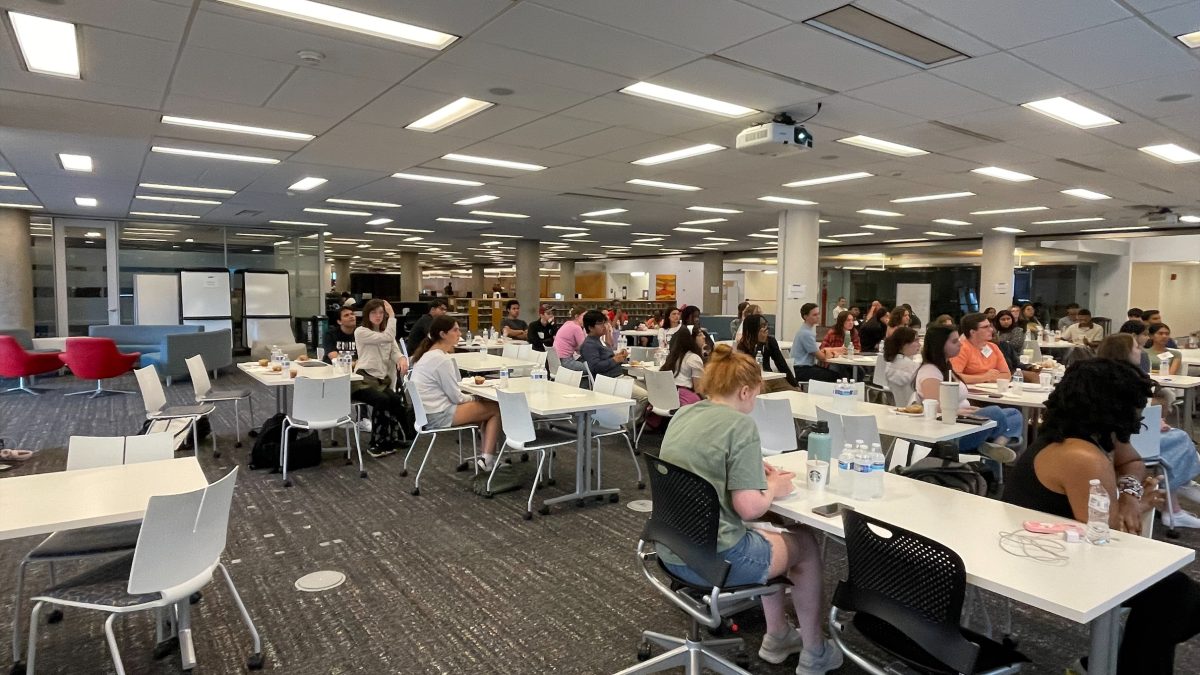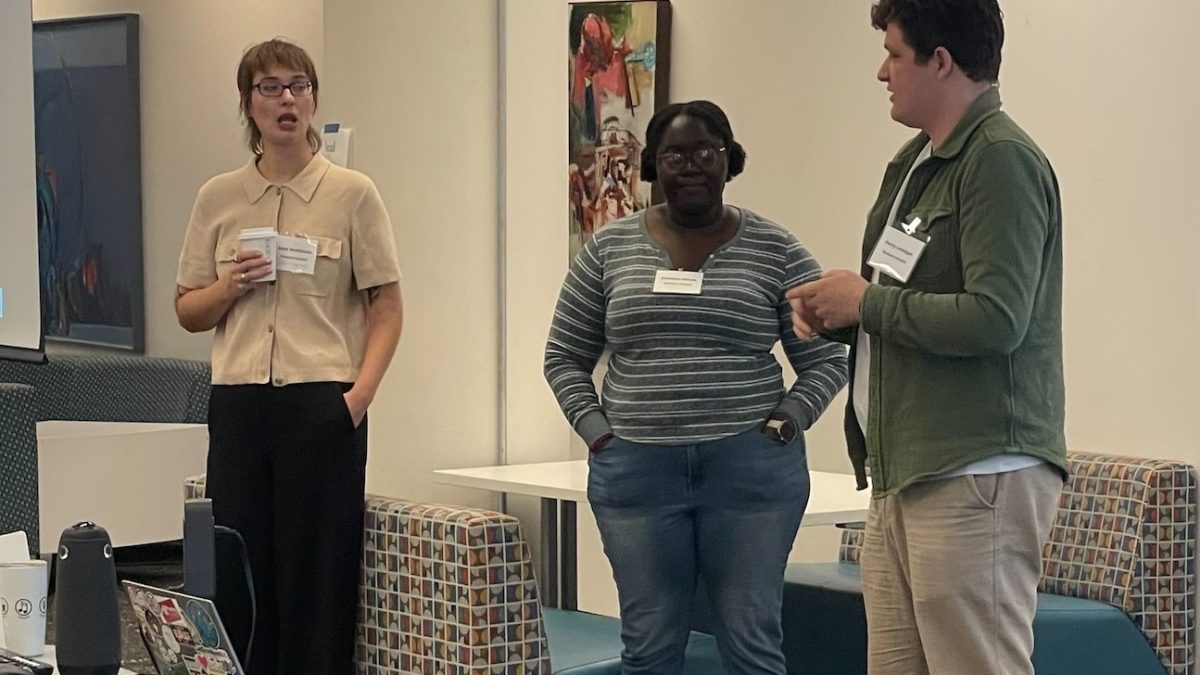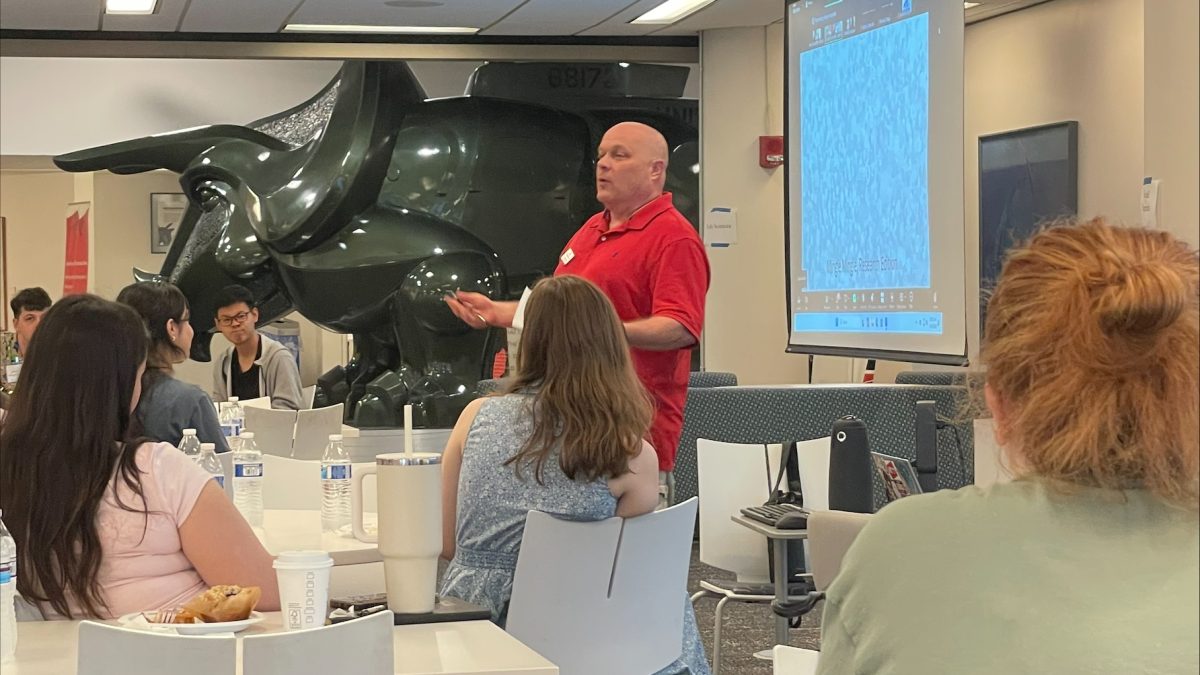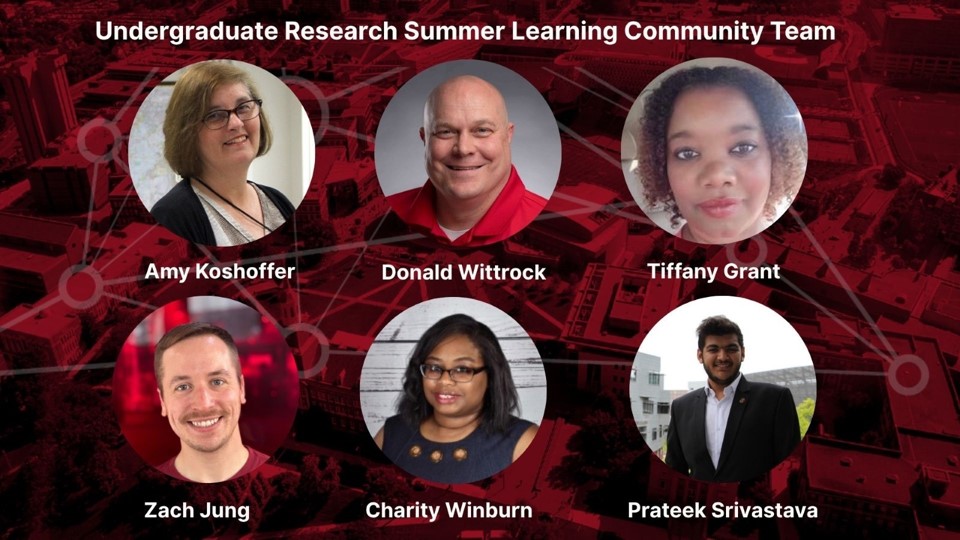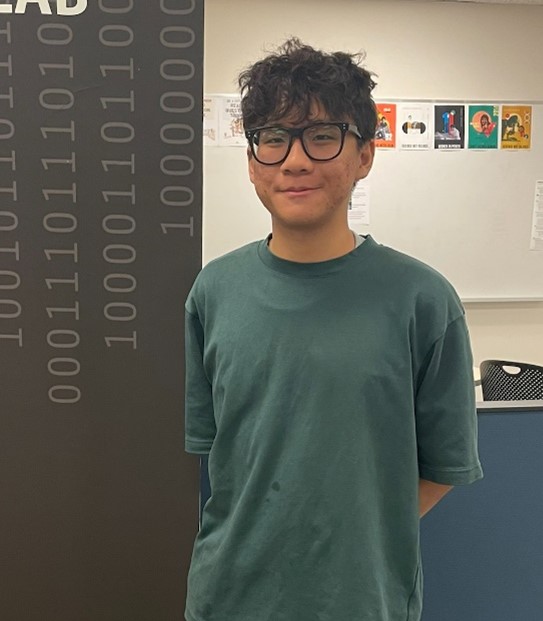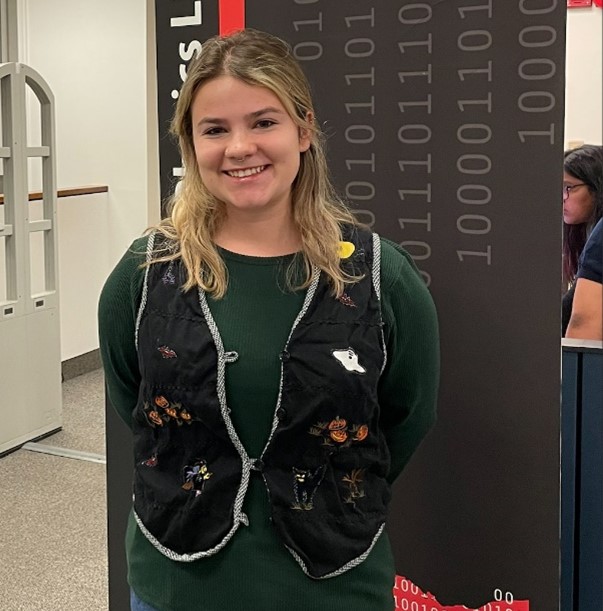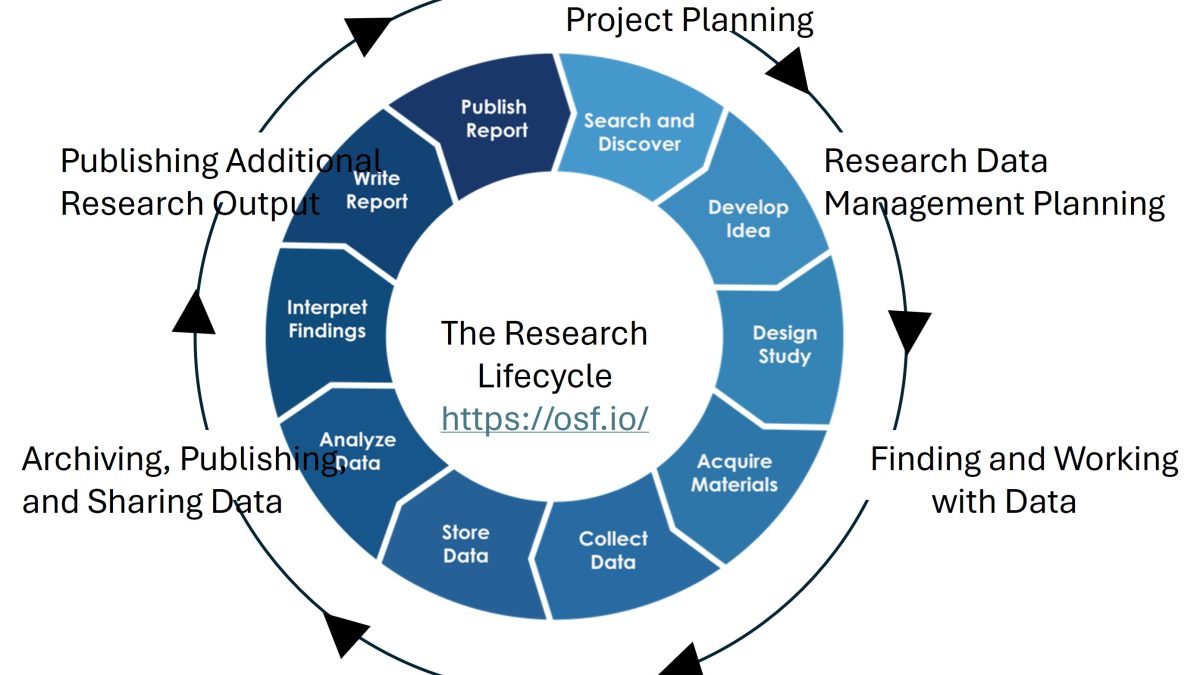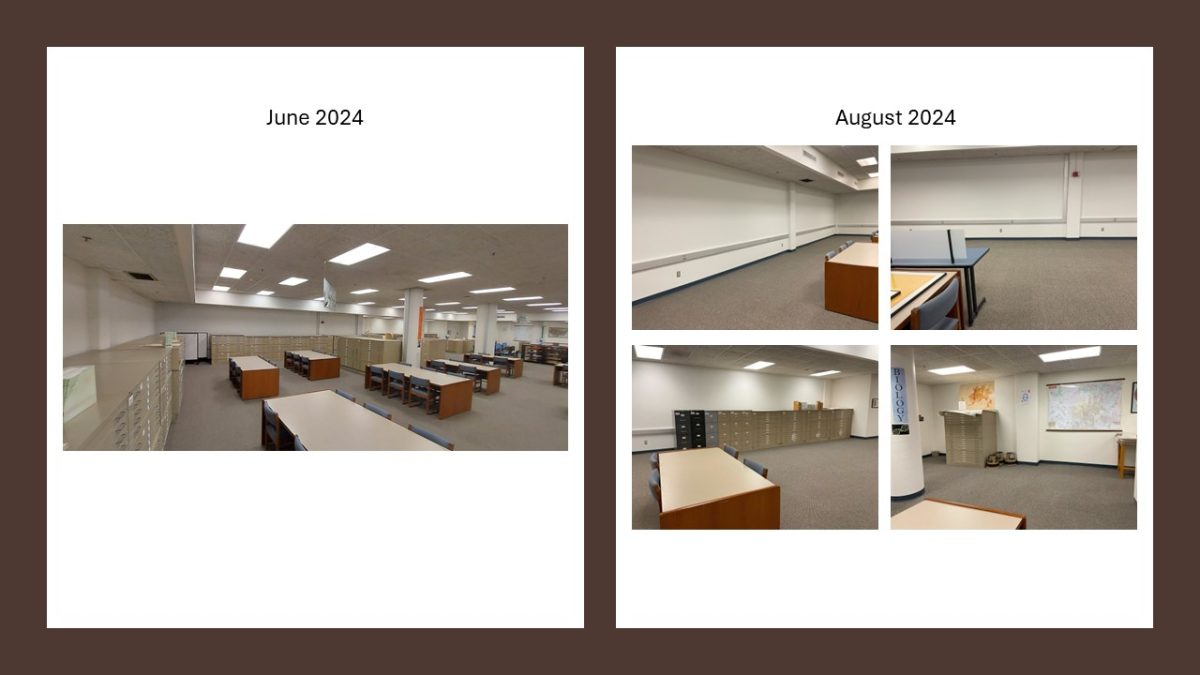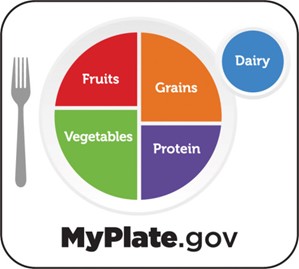The UC Office of Research supported repository UCFigshare is now available for data deposits resulting from any Federal Funder. If you are funded by any of the 15 federal agencies such as NIH or NSF which have a data sharing requirement as part of the grant, you can contact the UCFigshare team and request access to deposit. The UCFigshare website provides instructions on how to request storage, upload datasets, and use the system. It also provides important budget considerations.

Research data sharing has been encouraged as a part of grant funding since the publication of the 2013 Holdren memorandum entitled “Expanding Public Access to the Results of Federally Funded Research”. The 2022 Nelson OSTP memorandum accelerated the timeline and included required sharing the article and the data supporting without embargo as soon as the grant period ends. Under the recent May 2025 executive order entitled Restoring Gold Standard Science, this is still the case that federally funded research data needs to be shared per the agency policy (1). It is now required to indicate the repository where you will share the data as part of the data management and sharing plan (DMSP).
Agencies with Updated Policies in Effect
AHRQ | CDC | Ed | DOE | EPA | FDA | IMLS | NASA SMD | NEH | NIH | Smithsonian
Agencies with Updated Policies Published but not yet in Effect
ACF | ACL | Census | CMS | CPSC
Even if your research is not funded by a federal agency, sharing research data can benefit a researcher greatly. Research data sharing accelerates research discovery, facilitates research reproducibility, helps identify issues with the data, and increases research impact. Sharing the data and other research outputs such as registrations, protocols, code, and preprints helps the next generation of researchers better understand and reuse the outputs. Data sharing comes with the cost of extra time invested to create good documentation and uploading the data and other project associated research outputs to the designated repository. Planning from the start of any project can help ease this additional labor. These planning steps are also part of writing the DMSP accompanying a grant application. Some recommended steps (2) are:
- Identify a data repository as early as possible for the informed consent forms and to specify in the DMSP
- Establish a file naming convention and organization
- Include file-level Information
- Keep track of sensitive information
- Keep memos about analytic decisions
- Create a “data narrative” and a readme file
- Prepare your data for sharing
- Make a human readable form and a raw / machine readable form
- Promote your data
UC researchers have several platforms for data sharing including the Office of Research managed UCFigshare, and UC Libraries managed repositories such as the Qualitative Data Repository (QDR), Inter-university Consortium for Political and Social Research (ICPSR), the Open Science Framework (OSF), and Scholar@UC. UC Libraries Research and Data Services unit can advise researchers on data management and sharing plans, metadata, and workflows. Email askdata@uc.edu if you have questions, need assistance, or want to learn more about university resources.
References
(1) Badger, K., Biszaha, A. Sadvari, S., and Walsh, M., 2025 Federal Sponsor Updates to Article and Data Sharing [Webinar]. Ohio State University Library. 12-11-2025. Personal communication.
(2) Karcher, Sebastian; Kirilova, Dessi; and Page, Christiane, “Sharing and Managing Qualitative Data” (2019). Moynihan Institute of Global Affairs. 2. https://surface.syr.edu/miga/2


